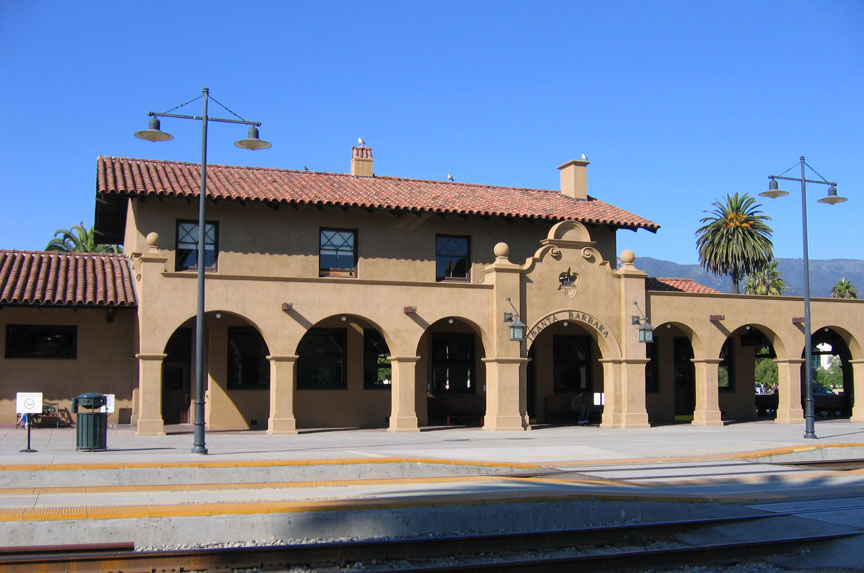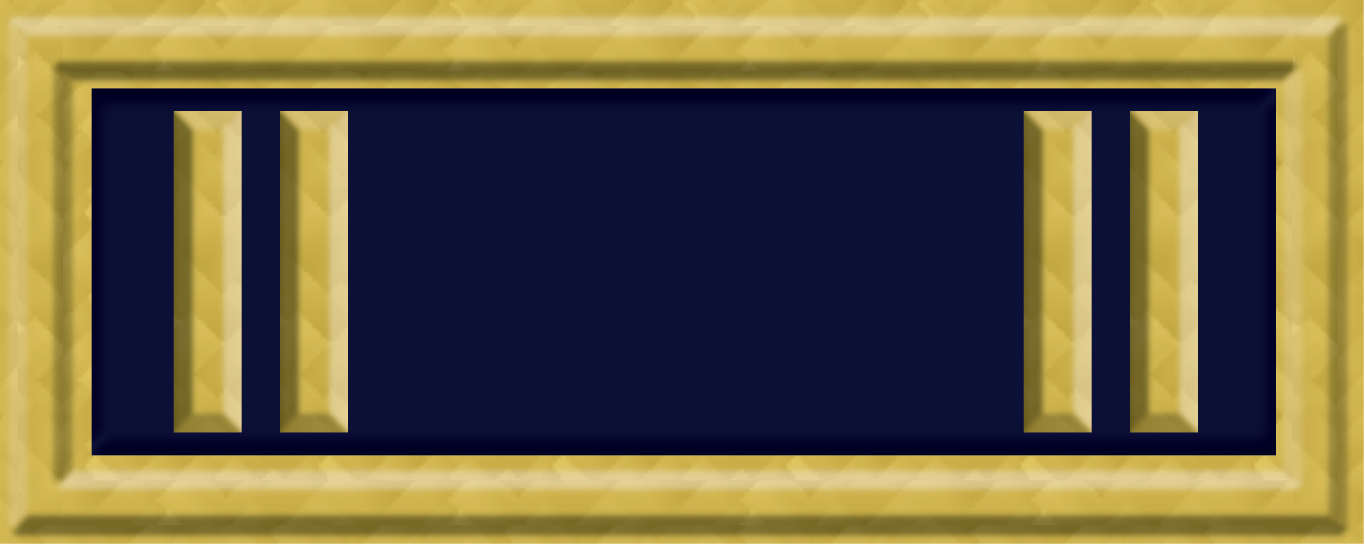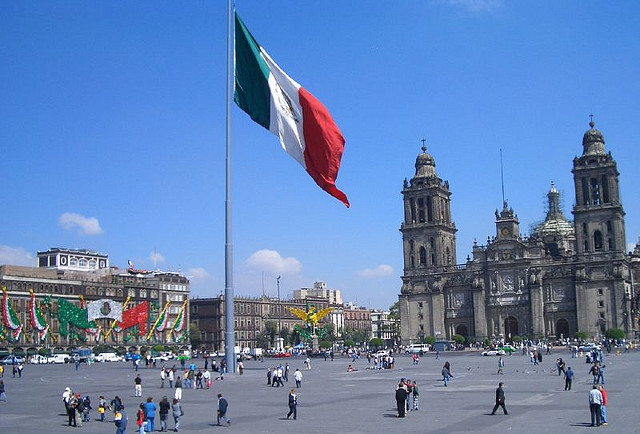|
Santuario De Nuestra Señora De Guadalupe
The Santuario de Nuestra Señora de Guadalupe is a historic Catholic shrine in Santa Fe, New Mexico. It is the oldest church in the United States dedicated to Our Lady of Guadalupe and is listed on the New Mexico State Register of Cultural Properties. It is also a contributing property in the Santa Fe Historic District. with The church is a simple cruciform building with thick adobe walls and has been remodeled several times, most recently in the 1970s. History The church was built sometime between the late 1700s and early 1800s, though its exact date of construction is unknown. The records of the Archdiocese of Santa Fe suggest it was built around 1795, as a license authorizing its construction was issued that year. However, the church's existence was not definitively documented until 1821. Conversely, at least one source claimed the church is much older, dating to before the Pueblo Revolt of 1680, though this is probably apocryphal. The famous altar screen depicting Ou ... [...More Info...] [...Related Items...] OR: [Wikipedia] [Google] [Baidu] |
Santa Fe, New Mexico
Santa Fe ( ; , Spanish for 'Holy Faith'; tew, Oghá P'o'oge, Tewa for 'white shell water place'; tiw, Hulp'ó'ona, label=Tiwa language, Northern Tiwa; nv, Yootó, Navajo for 'bead + water place') is the capital of the U.S. state of New Mexico. The name “Santa Fe” means 'Holy Faith' in Spanish, and the city's full name as founded remains ('The Royal Town of the Holy Faith of Saint Francis of Assisi'). With a population of 87,505 at the 2020 United States census, 2020 census, it is the List of municipalities in New Mexico, fourth-largest city in New Mexico. It is also the county seat of Santa Fe County. Its metropolitan area is part of the Albuquerque, New Mexico, Albuquerque–Santa Fe–Las Vegas, New Mexico, Las Vegas Albuquerque–Santa Fe–Las Vegas combined statistical area, combined statistical area, which had a population of 1,162,523 in 2020. Human settlement dates back thousands of years in the region, the placita was founded in 1610 as the capital of . It replace ... [...More Info...] [...Related Items...] OR: [Wikipedia] [Google] [Baidu] |
Pueblo Revolt
The Pueblo Revolt of 1680, also known as Popé's Rebellion or Popay's Rebellion, was an uprising of most of the indigenous Pueblo people against the Spanish empire, Spanish colonizers in the province of Santa Fe de Nuevo México, larger than present-day New Mexico. The Pueblo Revolt killed 400 Spaniards and drove the remaining 2,000 settlers out of the province. The Spaniards reconquered New Mexico twelve years later. Background For more than 100 years beginning in 1540, the Pueblo people of present-day New Mexico were subjected to successive waves of soldiers, missionaries, and settlers. These encounters, referred to as ''entradas'' (incursions), were characterized by violent confrontations between Spanish colonists and Pueblo peoples. The Tiguex War, fought in the winter of 1540–41 by the expedition of Francisco Vásquez de Coronado against the twelve or thirteen pueblos of Tiwa Puebloans, Tiwa Native Americans, was particularly destructive to Pueblo and Spanish relations. In ... [...More Info...] [...Related Items...] OR: [Wikipedia] [Google] [Baidu] |
Mission Revival Architecture
The Mission Revival style was part of an architectural movement, beginning in the late 19th century, for the revival and reinterpretation of American colonial styles. Mission Revival drew inspiration from the late 18th and early 19th century Spanish missions in California. It is sometimes termed California Mission Revival, particularly when used elsewhere, such as in New Mexico and Texas which have their own unique regional architectural styles. In Australia, the style is known as Spanish Mission. The Mission Revival movement was most popular between 1890 and 1915, in numerous residential, commercial and institutional structures, particularly schools and railroad depots. Influences All of the 21 Franciscan Alta California missions (established 1769–1823), including their chapels and support structures, shared certain design characteristics. These commonalities arose because the Franciscan missionaries all came from the same places of previous service in Spain and colonia ... [...More Info...] [...Related Items...] OR: [Wikipedia] [Google] [Baidu] |
Steeple
In architecture, a steeple is a tall tower on a building, topped by a spire and often incorporating a belfry and other components. Steeples are very common on Christian churches and cathedrals and the use of the term generally connotes a religious structure. They might be stand-alone structures, or incorporated into the entrance or center of the building. Architecture Towers were not a part of Christian churches until about AD 600, when they were adapted from military watchtowers. At first they were fairly modest and entirely separate structures from churches. Over time, they were incorporated into the church building and capped with ever-more-elaborate roofs until the steeple resulted. Towers are a common element of religious architecture worldwide and are generally viewed as attempts to reach skyward toward heavens and the divine. Some wooden steeples are built with large wooden structural members arranged like tent poles and braced diagonally inside both with wood and stee ... [...More Info...] [...Related Items...] OR: [Wikipedia] [Google] [Baidu] |
Jean-Baptiste Lamy
Jean-Baptiste Lamy (October 11, 1814 – February 13, 1888), was a French-American Roman Catholic prelate who served as the first Archbishop of Santa Fe, New Mexico. Willa Cather's novel ''Death Comes for the Archbishop'' is based on his life and career. Early life Lamy was born in Lempdes, Puy-de-Dôme, in the Auvergne region of France, 10 km east of the main regional city of Clermont-Ferrand. He completed his classical studies in the minor seminary at Clermont and theological coursework in the Major seminary at Montferrand, where he was trained by the Sulpician Fathers ( Society of Saint-Sulpice). Career He was ordained a priest on December 22, 1838. After a few months as an assistant priest in his native diocese, in 1839 Lamy asked for and obtained permission to answer the call for missionaries of Bishop John Baptist Purcell, of Cincinnati, Ohio. Episcopacy As a missionary in North America, Lamy served at several missions in Ohio and Kentucky when, ... [...More Info...] [...Related Items...] OR: [Wikipedia] [Google] [Baidu] |
Denver And Rio Grande Western Railroad
The Denver & Rio Grande Western Railroad , often shortened to ''Rio Grande'', D&RG or D&RGW, formerly the Denver & Rio Grande Railroad, was an American Class I railroad company. The railroad started as a narrow-gauge line running south from Denver, Colorado, in 1870. It served mainly as a transcontinental bridge line between Denver, and Salt Lake City, Utah. The Rio Grande was also a major origin of coal and mineral traffic. The Rio Grande was the epitome of mountain railroading, with a motto of ''Through the Rockies, not around them'' and later ''Main line through the Rockies'', both referring to the Rocky Mountains. The D&RGW operated the highest mainline rail line in the United States, over the Tennessee Pass in Colorado, and the famed routes through the Moffat Tunnel and the Royal Gorge. At its height, in 1889, the D&RGW had the largest narrow-gauge railroad network in North America with of track interconnecting the states of Colorado, New Mexico, and Utah. Known for ... [...More Info...] [...Related Items...] OR: [Wikipedia] [Google] [Baidu] |
John Gregory Bourke
John Gregory Bourke (; June 23, 1846 – June 8, 1896) was a captain in the United States Army and a prolific diarist and postbellum author; he wrote several books about the American Old West, including ethnologies of its indigenous peoples. He was awarded the Medal of Honor for his actions while a cavalryman in the Union Army during the American Civil War. Based on his service during the war, his commander nominated him to West Point, where he graduated in 1869, leading to service as an Army officer until his death. Biography John G. Bourke was born in Philadelphia, Pennsylvania, to Irish immigrant parents, Edward Joseph and Anna (Morton) Bourke. His early education was extensive and included Latin, Greek, and Gaelic. When the Civil War began, John Bourke was fourteen. At sixteen he ran away and lied about his age; claiming to be nineteen, he enlisted in the Fifteenth Pennsylvania Volunteer Cavalry, in which he served until July 1865. He received a Medal of Honor for "gallan ... [...More Info...] [...Related Items...] OR: [Wikipedia] [Google] [Baidu] |
Camino Real De Tierra Adentro
The Camino Real de Tierra Adentro ( en, Royal Road of the Interior Land), also known as the Silver Route, was a Spanish road between Mexico City and San Juan Pueblo (''Ohkay Owingeh''), New Mexico, USA, that was used from 1598 to 1882. It was the northernmost of the four major "royal roads" that linked Mexico City to its major tributaries during and after the Spanish colonial era. In 2010, 55 sites and five existing UNESCO World Heritage Sites along the Mexican section of the route were collectively added to the World Heritage List, including historic cities, towns, bridges, haciendas and other monuments along the route between the Historic Center of Mexico City (an independent World Heritage Site) and the town of Valle de Allende, Chihuahua. The section of the route within the United States was proclaimed the El Camino Real de Tierra Adentro National Historic Trail, a part of the National Historic Trail system, on October 13, 2000. The historic route is overseen by both t ... [...More Info...] [...Related Items...] OR: [Wikipedia] [Google] [Baidu] |
Mexico City
Mexico City ( es, link=no, Ciudad de México, ; abbr.: CDMX; Nahuatl: ''Altepetl Mexico'') is the capital and largest city of Mexico, and the most populous city in North America. One of the world's alpha cities, it is located in the Valley of Mexico within the high Mexican central plateau, at an altitude of . The city has 16 boroughs or ''demarcaciones territoriales'', which are in turn divided into neighborhoods or ''colonias''. The 2020 population for the city proper was 9,209,944, with a land area of . According to the most recent definition agreed upon by the federal and state governments, the population of Greater Mexico City is 21,804,515, which makes it the sixth-largest metropolitan area in the world, the second-largest urban agglomeration in the Western Hemisphere (behind São Paulo, Brazil), and the largest Spanish language, Spanish-speaking city (city proper) in the world. Greater Mexico City has a gross domestic product, GDP of $411 billion in 2011, which makes ... [...More Info...] [...Related Items...] OR: [Wikipedia] [Google] [Baidu] |
Altar Screen
A Dossal (or dossel, dorsel, dosel), from French ''dos'' (''back''), is one of a number of terms for something rising from the back of a church altar. In modern usage, it primarily refers to cloth hangings but it can also denote a board, often carved or containing a painting, that rises vertically from the back of the altar and to which the cloth is attached. Retable and reredos are alternative terms for solid structures, as is altarpiece, all of them rather more commonly used today. Dossal remains the usual term for an ornamental cloth suspended behind an altar, probably attached to the wall behind. This is often called a dossal curtain, and altar screen is also sometimes used as a synonym for a cloth dossal, as well as, more dubiously, for wood or stone screens in various locations in the sanctuary. Curtains at the side of an altar may be called riddels; these may be suspended between riddel posts at the corners of the altar. More rarely, a cloth dossal may continue as a ... [...More Info...] [...Related Items...] OR: [Wikipedia] [Google] [Baidu] |
Archdiocese Of Santa Fe
The Archdiocese of Santa Fe ( la, Archidioecesis Sanctae Fidei in America Septentrionali, link=no, es, Arquidiócesis de Santa Fe, link=no) is a Latin Church ecclesiastical territory or diocese of the southwestern region of the United States in the state of New Mexico. While the mother church, the Cathedral Basilica of St. Francis of Assisi, is in the city of Santa Fe, its administrative center is in the city of Albuquerque. The Diocese comprises the counties of Rio Arriba, Taos, Colfax, Union, Mora, Harding, Los Alamos, Sandoval, Santa Fe, San Miguel, Quay, Bernalillo, Valencia, Socorro, Torrance, Guadalupe, De Baca, Roosevelt, and Curry. The current archbishop is John Charles Wester, who was installed on June 4, 2015. The Archdiocese announced it would file for bankruptcy protection on November 29, 2018, in the face of dozens of ongoing lawsuits stemming from a sexual abuse scandal that stretches back decades and a new investigation by the state's attorney general ... [...More Info...] [...Related Items...] OR: [Wikipedia] [Google] [Baidu] |
Catholic
The Catholic Church, also known as the Roman Catholic Church, is the largest Christian church, with 1.3 billion baptized Catholics worldwide . It is among the world's oldest and largest international institutions, and has played a prominent role in the history and development of Western civilization.O'Collins, p. v (preface). The church consists of 24 ''sui iuris'' churches, including the Latin Church and 23 Eastern Catholic Churches, which comprise almost 3,500 dioceses and eparchies located around the world. The pope, who is the bishop of Rome, is the chief pastor of the church. The bishopric of Rome, known as the Holy See, is the central governing authority of the church. The administrative body of the Holy See, the Roman Curia, has its principal offices in Vatican City, a small enclave of the Italian city of Rome, of which the pope is head of state. The core beliefs of Catholicism are found in the Nicene Creed. The Catholic Church teaches that it is th ... [...More Info...] [...Related Items...] OR: [Wikipedia] [Google] [Baidu] |









.jpg)